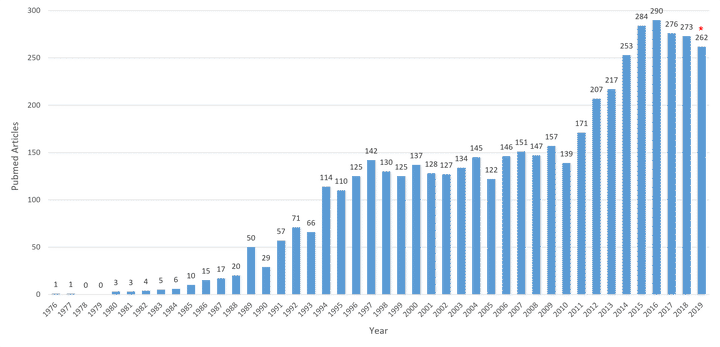
Abstract
Quantitative biomarkers are key prognostic and predictive factors in the diagnosis and treatment of cancer. In the clinical laboratory, the majority of biomarker quantitation is still performed manually, but digital image analysis (DIA) methods have been steadily growing and account for around 25% of all quantitative immunohistochemistry (IHC) testing performed today. Quantitative DIA is primarily employed in the analysis of breast cancer IHC biomarkers, including estrogen receptor, progesterone receptor, and human epidermal growth factor receptor 2/neu; more recently clinical applications have expanded to include human epidermal growth factor receptor 2/neu in gastroesophageal adenocarcinomas and Ki-67 in both breast cancer and gastrointestinal and pancreatic neuroendocrine tumors. Evidence in the literature suggests that DIA has significant benefits over manual quantitation of IHC biomarkers, such as increased objectivity, accuracy, and reproducibility. Despite this fact, a number of barriers to the adoption of DIA in the clinical laboratory persist. These include difficulties in integrating DIA into clinical workflows, lack of standards for integrating DIA software with laboratory information systems and digital pathology systems, costs of implementing DIA, inadequate reimbursement relative to those costs, and other factors. These barriers to adoption may be overcome with international standards such as Digital Imaging and Communications in Medicine (DICOM), increased adoption of routine digital pathology workflows, the application of artificial intelligence to DIA, and the emergence of new clinical applications for DIA.